- Latest Archaeology Updates
- Importance and applicability
- Famous Archaeologists
- Museums Collections
- Site Map
- World Heritage Sites
- World History Monuments
- Archaeological Organizations
- World Atlas of Archaeology
- Forensic Investigation and Geophysics
- Contact Us
- Movies based on Archaeology
- Frequently Asked Questions
- Archaeological discoveries
- Tell a Friend
- Archaeological Abbreviations
- Gallery Collections
- Famous-Museums site map
- Famous-archaeologists site map
- Archaeological Monuments site map
Historical archaeology is a sub-discipline of archaeology that uses material culture to explore the past. It is a field of research that combines the methods of archaeology, history, anthropology, and other disciplines to uncover past human behavior. Historical archaeology is a unique field of study because it allows researchers to study not only artifacts, but also the historical context in which they were found.
Historical archaeologists use artifacts and ecofacts, such as pottery, coins, animal bones, and other material remains to understand the past.
The goal of historical archaeology is to understand the lives of people in the past and the relationship between people and the environment. It is a holistic approach to the study of the past, as it looks at both the material and the non-material aspects of culture.
Historical archaeology is used to uncover the history of a particular place or region. It can be used to answer questions about how people lived in the past, what their beliefs were, and the changes in their environment over time. By examining artifacts, researchers are able to gain insight into the everyday lives of people in the past and the relationship between cultures.
Historical archaeology is also used to understand the impact of colonialism and other historical events, such as wars, revolutions, and migrations. It can provide insights into the development of societies and their cultures, as well as the role of technology, trade, and the environment.
Historical archaeology is an important field of research because it allows us to gain a better understanding of the past and the people who lived in it. It provides us with a unique perspective on history, allowing us to gain a better understanding of how the world has changed over time and how different cultures interacted with each other. By looking at the material remains of the past, we can gain a better understanding of how humans lived and how their societies evolved.
The Archaeology of Religion: Exploring Ancient Belief Systems and Ritual Practices.
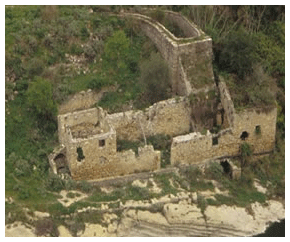 logical evidence. Archaeologists use a variety of methods to uncover religious artifacts and sites, such as excavations, surveys, and lab analyses. These techniques can be used to understand the beliefs and rituals of past cultures, as well as how those beliefs and rituals changed over time.
logical evidence. Archaeologists use a variety of methods to uncover religious artifacts and sites, such as excavations, surveys, and lab analyses. These techniques can be used to understand the beliefs and rituals of past cultures, as well as how those beliefs and rituals changed over time.
In addition to ritual sites, religious artifacts can also provide insight into ancient belief systems. Statues, amulets, and other items associated with gods and goddesses can help archaeologists understand which gods were worshipped and how they were worshipped in a particular society.
Historical Archaeology Contains Following Chapter:
Historical archaeology is a sub-discipline of archaeology that studies the material remains of past societies in order to gain an understanding of their history, culture, and lifeways. It combines traditional archaeological methods with the documents and other sources of the written historical record. Historical archaeologists are concerned with all aspects of the past, from the prehistoric to the recent. They use artifacts, documents, and other evidence to reconstruct past societies. Historical archaeology is a multi-disciplinary field. It requires knowledge of history, anthropology, and material culture, as well as the scientific techniques used for the analysis of artifacts. Historical archaeologists use both primary sources, such as documents and artifacts, and secondary sources, such as published histories and ethnographies. They also use surveys, excavations, and laboratory analysis to investigate past societies.
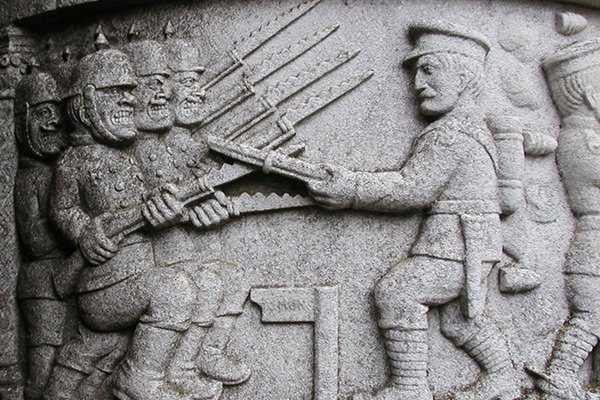
Historical archaeology is used to study a variety of topics, including daily life, economic patterns, social structures, cultural change, and the effects of colonialism and imperialism.It provides a unique perspective on the past, as it often looks at the experiences of marginalized and forgotten populations, such as slaves and indigenous people. Historical archaeology can also be used to investigate the long-term effects of human activity on the environment. It is used to study the history of urban areas, and to explore the relationship between humans and their environment.
Historical archaeological sites are those sites that have been occupied by humans, or have been used for human activities, in the past. These sites are often studied by archaeologists to learn about past societies and their cultures. One of the most famous historical archaeological sites is the Valley of the Kings in Egypt. This site was first used in the 16th century BCE, and it contains the tombs of many of the pharaohs of Ancient Egypt. Archaeologists have used this site to learn about the beliefs and practices of the ancient Egyptians, as well as their daily life and culture. Another well-known historical archaeological site is Stonehenge in England. This site was constructed between 3000 and 2000 BCE, and it is believed to have been used for religious ceremonies and astronomical observations. Archaeologists have studied this site to learn about the beliefs and practices of the Stonehenge builders, as well as the technology they used to construct the monument.
Historical archaeologists are archaeologists that specialize in the study of historical sites and artifacts. They are a type of archaeological specialist that focuses on the material culture of a specific period of time. Historical archaeologists use archaeological methods to answer questions about the past, and to reconstruct the lives of people who lived in the past. Historical archaeologists use a range of methods to gather archaeological data, including excavation, surveys, and laboratory analysis.
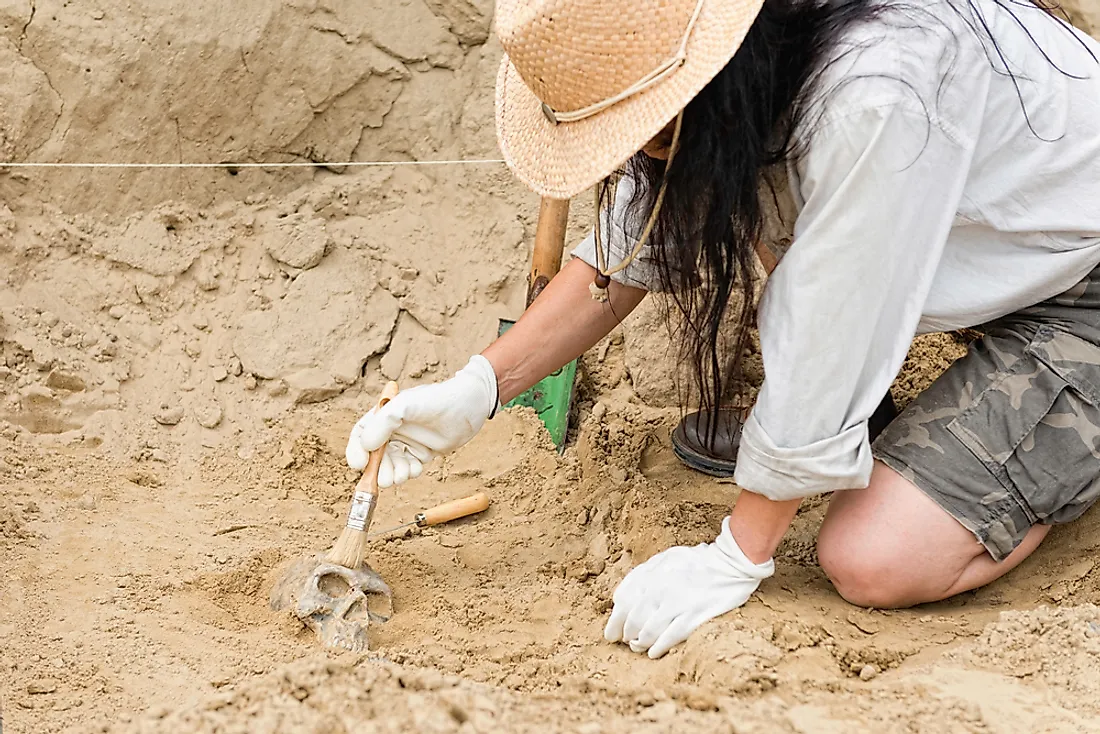 They use these methods to study artifacts, structures, and features from archaeological sites. Historical archaeologists pay particular attention to the relationship between artifacts and the cultural context in which they were used. They also use written documents, oral histories, and other sources to supplement their archaeological research. Historical archaeologists are employed in a variety of settings, including universities,museums, government agencies,and private consulting firms. Their research is used to inform public policy, to create educational materials, and to provide a better understanding of the past.
They use these methods to study artifacts, structures, and features from archaeological sites. Historical archaeologists pay particular attention to the relationship between artifacts and the cultural context in which they were used. They also use written documents, oral histories, and other sources to supplement their archaeological research. Historical archaeologists are employed in a variety of settings, including universities,museums, government agencies,and private consulting firms. Their research is used to inform public policy, to create educational materials, and to provide a better understanding of the past. Historical archaeologists are especially interested in the development of societies and cultures over time. They strive to understand how people from different cultures interacted, and how technological and social changes affected the way people lived. Historical archaeologists also explore how people interacted with their environment and worked to sustain their communities. Historical archaeologists are an important part of the archaeological profession. Their research helps preserve cultural heritage, provide a better understanding of the past, and inform public policy. Historical archaeologists are essential to the field of archaeology, and their research provides valuable insights into the past.
Books on the Historical Archaeology:
Historical archaeology - Martin Hall, Stephen W. Silliman - 2006 .
This book provides a comprehensive overview of Hall's research on the ecology of aquatic organisms. It covers topics such as evolution, life history, physiology, behavior, population dynamics, community ecology, and conservation of aquatic organisms. The book also contains detailed discussions of Hall's research on the ecology of freshwater and marine environments, as well as his work on the introduction of species into new habitats. The authors discuss the implications of Hall's research for understanding the functioning of aquatic ecosystems and the management of aquatic resources.
Historical archaeology:- Charles E. Orser - 2004.
Charles E. Orser is a historian and archaeologist specializing in historical archaeology. He has been a professor at SUNY Albany since 1991, where he teaches and conducts research. He has published numerous books, articles, and book chapters on the archaeology of slavery, the American Revolution, and the Industrial Revolution, among other topics. He has also served as a consultant and expert witness on archaeology and historical archaeology in various court and government proceedings.
Historical archaeology:-why the past matters Books, Barbara J. Little - 2007.
This book asserts that the past matters because it provides a window into the present and can help us to understand our current contexts. It suggests that understanding the past can help us to make better decisions in the present and to plan for the future. Little argues that the past can help us to understand our current circumstances and to develop strategies for dealing with them. She also argues that by understanding the past, we can gain a better sense of our own identity and our place in the world. Finally, she argues that the past can give us a better appreciation of the complexity of human relationships and the importance of maintaining a dialogue between different cultures and generations.
Rich Resources over the web on Historical Archaeology
Historical archaeology in wiki:
Historical archaeology is a sub-discipline of archaeology which studies the material remains of past societies that also left behind written records. It is related to both archaeology and history. It is particularly useful for understanding the development of complex societies and how those societies interacted with the environment. Historical archaeologists use a variety of methods, such as stratigraphic analysis, typological analysis, artifact analysis, and archival research to study the past. Historical archaeology often draws upon the methods of other disciplines, including ethnography, anthropology, and history. In the United States, historical archaeology has been used to address social and political issues such as race, class, and gender.
-
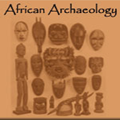
African Archaeology is the study of the history and prehistory of the African continent, as well as its societies and cultures, through the use of archaeological evidence. African Archaeology covers a broad range of topics, from the Stone Age to the present day. -
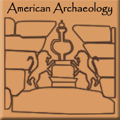
American Archaeology also known as New World archaeology, is the study of the archaeological history and prehistory of the Americas. It is a subfield of archaeology, the study of the human past, which seeks to understand societies and cultures by examining their material culture, such as artifacts and ruins. -
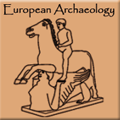 European Archaeology is the scientific study of the material remains of past cultures and societies in Europe, from the Paleolithic period to the present day. It is an interdisciplinary field which draws on the methods and theories of a range of disciplines, including history, anthropology, art history, geography, geology and linguistics.
European Archaeology is the scientific study of the material remains of past cultures and societies in Europe, from the Paleolithic period to the present day. It is an interdisciplinary field which draws on the methods and theories of a range of disciplines, including history, anthropology, art history, geography, geology and linguistics. -
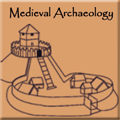
Medival archaeology is a field of archaeology that is primarily concerned with the material remains of the Middle Ages, which is roughly defined as the period from the 5th to the 15th century. -
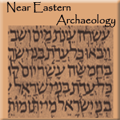
Near Eastern Archaeology is the study of the material culture found in the Near East, a region of Eurasia that covers the Middle East, North Africa, and parts of Central Asia. The region is often referred to as the cradle of civilization, as it is the site of some of the earliest known civilizations, including the Sumerian, Babylonian, and Assyrian empires. -
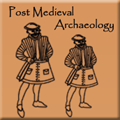
Post Medieval Archaeology is the study of the period from the 15th century to the 19th century. It is a period of great change and transformation, with the rise of nation states, the onset of industrialization and the spread of global trade. Archaeological evidence from this period reflects the development of these changes and the impact they had on everyday life. -

Modern Archaeology is the study of human activity in the past using the material remains of a culture. It is a subfield of anthropology that includes the study of artifacts, architecture, landscapes, and cultural landscapes. It is a scientific approach to the study of past cultures and societies, and often involves excavation, laboratory analysis, and other research method



